Cats are captivating creatures, and their nocturnal behavior adds to their mystique. If you’ve ever lived with a cat, you may have noticed their inexplicable bursts of energy at night. This article delves into the reasons behind this fascinating behavior, unraveling the mysteries of why our feline friends become more active when the sun sets. With insights into their natural instincts, environment, and unique biology, you’ll gain a deeper understanding of your cat’s nighttime antics.
The Ancestral Instincts of Cats
Cats’ nocturnal nature is deeply rooted in their ancestry. Wild cats, like lions and tigers, are crepuscular hunters, meaning they are most active during dawn and dusk. This trait has been passed down to domestic cats, who often mirror these hunting patterns. By being active at night, cats can exploit the cover of darkness to stealthily stalk and pounce on their prey. This behavior is embedded in their DNA, making them natural night owls regardless of their domestication.
Adaptation to Household Routines
In a household environment, cats adapt to the routines of their human companions. While they may take cues from our daytime activities, their internal clock often remains wired for nighttime adventures. As humans wind down for the night, the quiet and calm environment can make it a perfect time for cats to explore and play. This adaptation allows cats to find a balance between their natural instincts and the household’s daily rhythm.
Energetic Play and Exploration
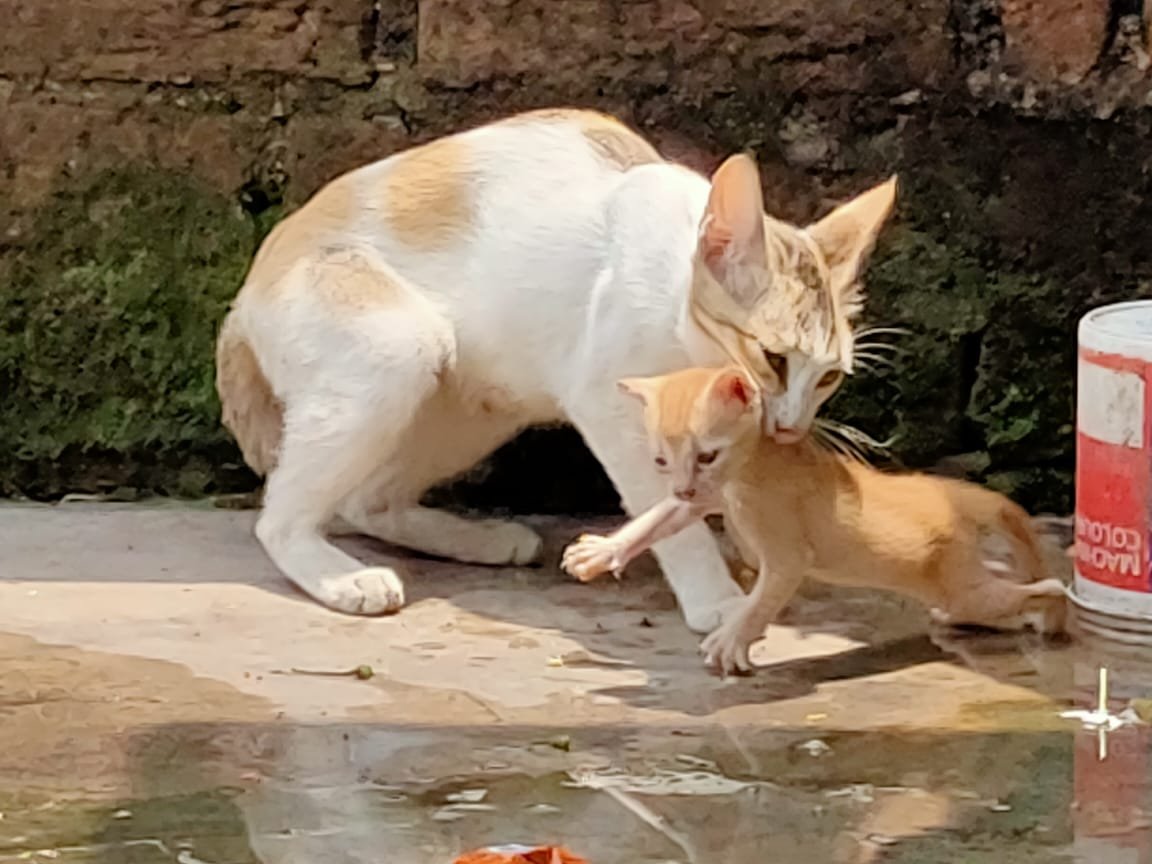
Cats are naturally curious and playful creatures. The night provides a unique opportunity for them to explore without interruptions or distractions. With the house quiet and still, cats can let their imaginations run wild, turning a simple shadow into a thrilling chase or a dangling string into the perfect prey. Their bursts of energy are often expressions of their playful nature, allowing them to burn off the excess energy accumulated during the day.
The Role of Diet and Nutrition
A cat’s diet can significantly influence its energy levels. High-protein diets, typical for carnivores, provide fuel that can lead to increased activity, particularly at night. Moreover, meal timings can play a part. Feeding your cat later in the evening or providing a small snack before bedtime might keep them satisfied and less likely to engage in nighttime escapades. Understanding the connection between nutrition and energy can help manage your cat’s nocturnal habits.
Environmental Stimuli and Triggers
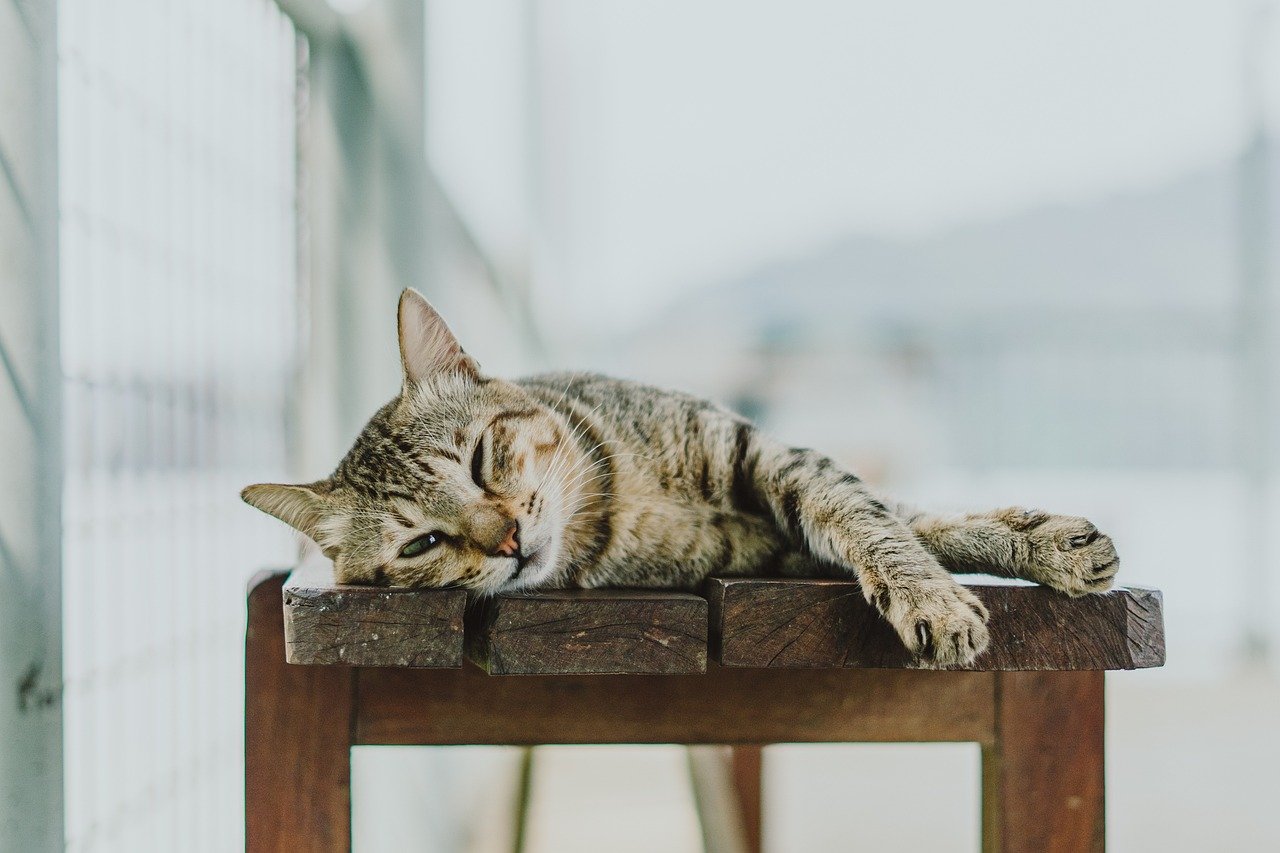
The environment plays a crucial role in a cat’s behavior. Nighttime offers a different set of stimuli, from dim lighting to the sounds of nocturnal insects. These changes can trigger a cat’s senses, making them more alert and active. A rustling leaf or a distant chirp can be enough to stir their hunting instincts. Providing enriching environments with toys and interactive play can help channel this energy constructively.
Natural Sleep Patterns
Cats have a unique sleep pattern known as polyphasic sleep, which means they sleep multiple times throughout the day. Unlike humans, who generally have one long sleep cycle, cats experience short bursts of sleep that can total up to 16 hours a day. These naps recharge their energy, allowing them to be more active during nighttime. Understanding this sleep pattern helps explain why cats seem so full of energy when most of the world is asleep.
The Influence of Age and Health
A cat’s age and health status can impact its energy levels. Kittens and young cats are typically more active and playful, often exhibiting increased energy at night. In contrast, older cats may become more sedentary, displaying less nighttime activity. Health issues can also affect behavior. If a cat’s nocturnal activity changes suddenly, it may be wise to consult a veterinarian to rule out any underlying health concerns.
The Impact of Breed Characteristics
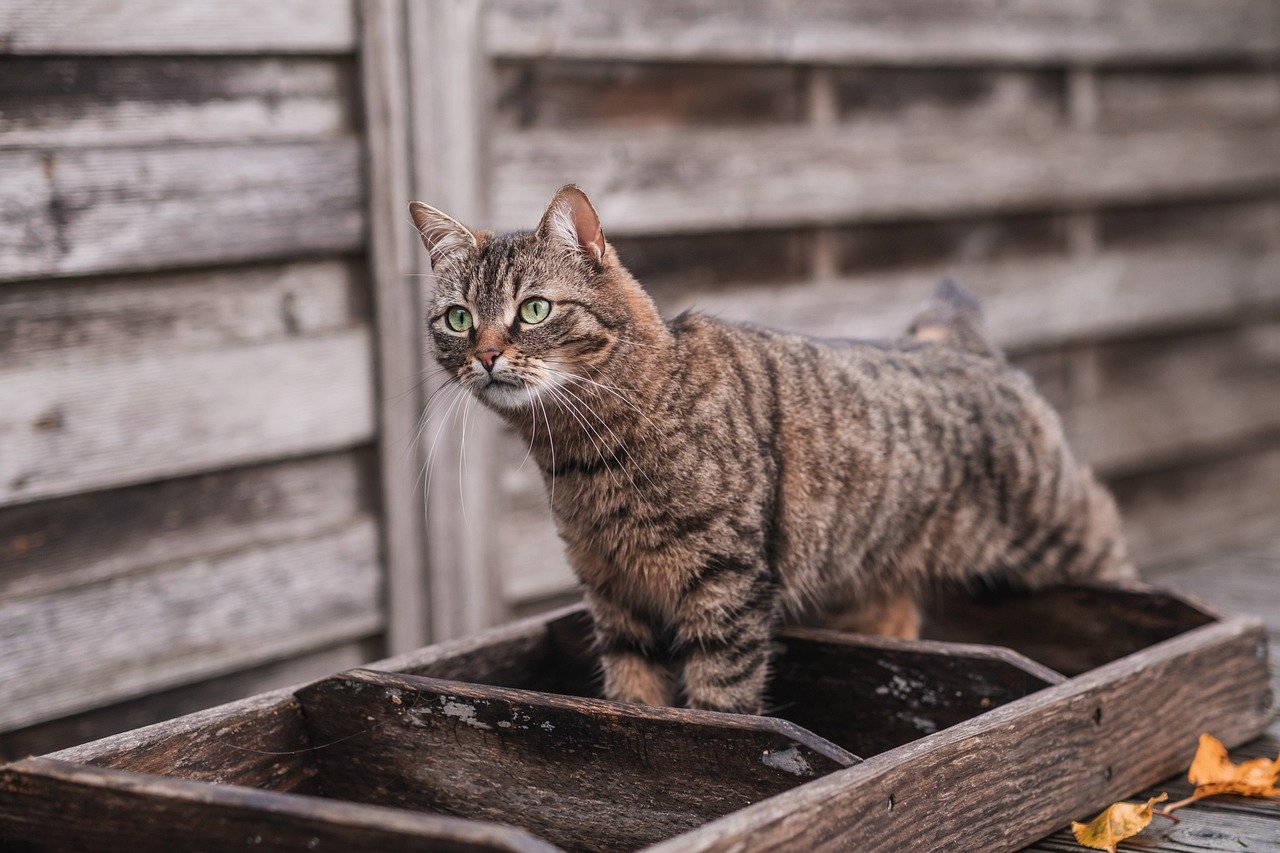
Certain cat breeds are naturally more energetic and playful than others. For example, Siamese and Bengals are known for their high energy levels and may display more pronounced nocturnal behavior. Understanding the characteristics of your cat’s breed can provide insights into their nighttime activity. While all cats have individual personalities, breed traits can offer clues to their energy patterns.
Social Interaction and Companionship
Cats crave companionship and social interaction, even if they appear aloof. When the household is at rest, a cat may become more active as a way to seek attention or playtime. Engaging with your cat during the evening, through play or simply spending time together, can help fulfill their social needs. This interaction can reduce their nighttime restlessness, making for a more peaceful night for everyone.
Managing Nighttime Activity
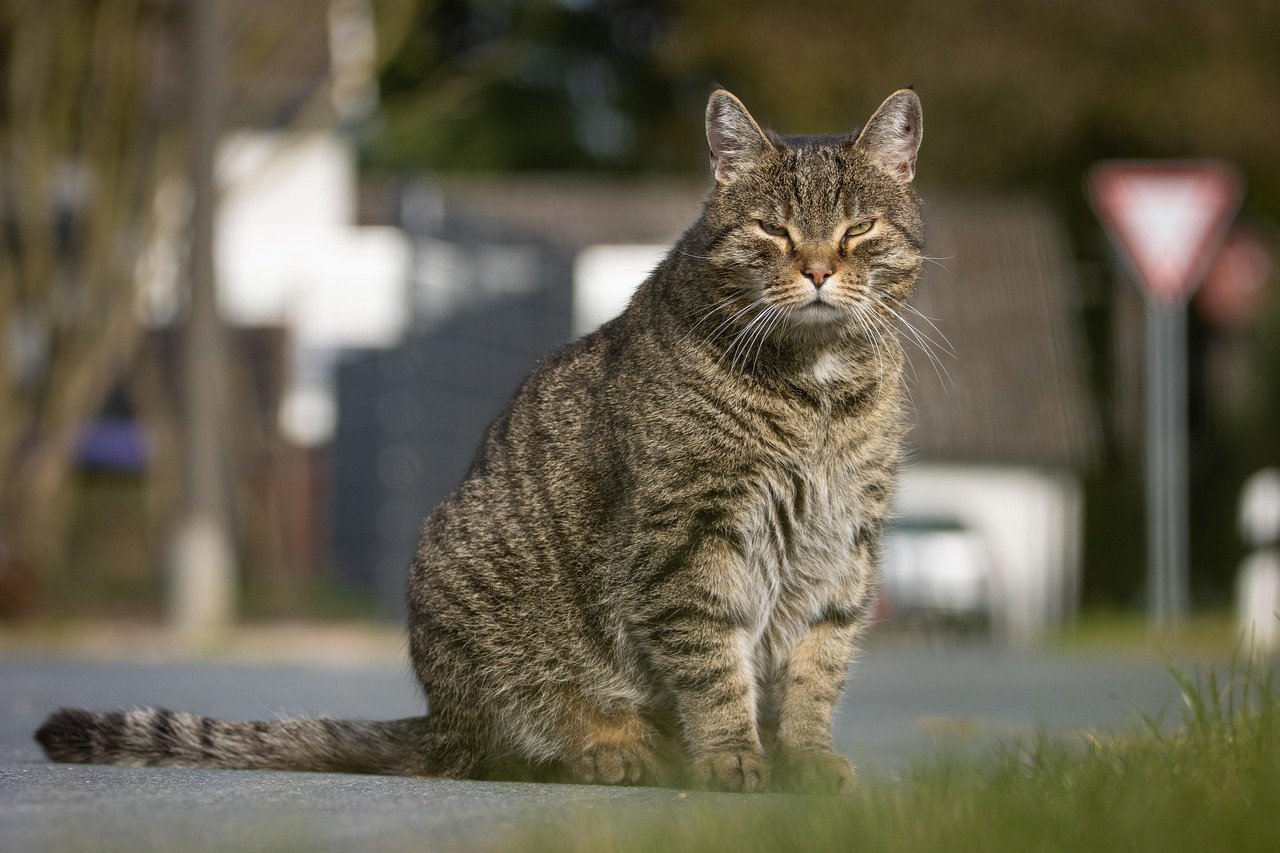
Dealing with a cat’s nighttime energy can be challenging for pet owners. Establishing a routine that includes regular playtime and mental stimulation during the day can help reduce nocturnal activity. Providing toys that encourage independent play and creating a comfortable sleeping environment can also make a difference. With patience and understanding, it’s possible to manage and even enjoy your cat’s nighttime antics without losing sleep.
Understanding the Science Behind Cat Behavior
Scientific research into feline behavior sheds light on their nocturnal tendencies. Studies have shown that cats have heightened senses, particularly in low light, which contributes to their nighttime activity. Their eyes have more rod cells, allowing them to see better in the dark. Additionally, their acute hearing and sense of smell make them adept at detecting subtle changes in their environment. This scientific perspective helps explain why cats are naturally drawn to nighttime exploration.
Creating a Balanced Environment
Providing a balanced environment for your cat can help manage their energy levels. This includes offering a variety of toys, scratching posts, and safe outdoor spaces if possible. Ensuring they have access to interactive play and mental challenges can satisfy their curiosity and need for stimulation. By creating a rich and engaging environment, you can help your cat expend their energy in healthy and enjoyable ways.
Impact of Daylight and Seasonal Changes
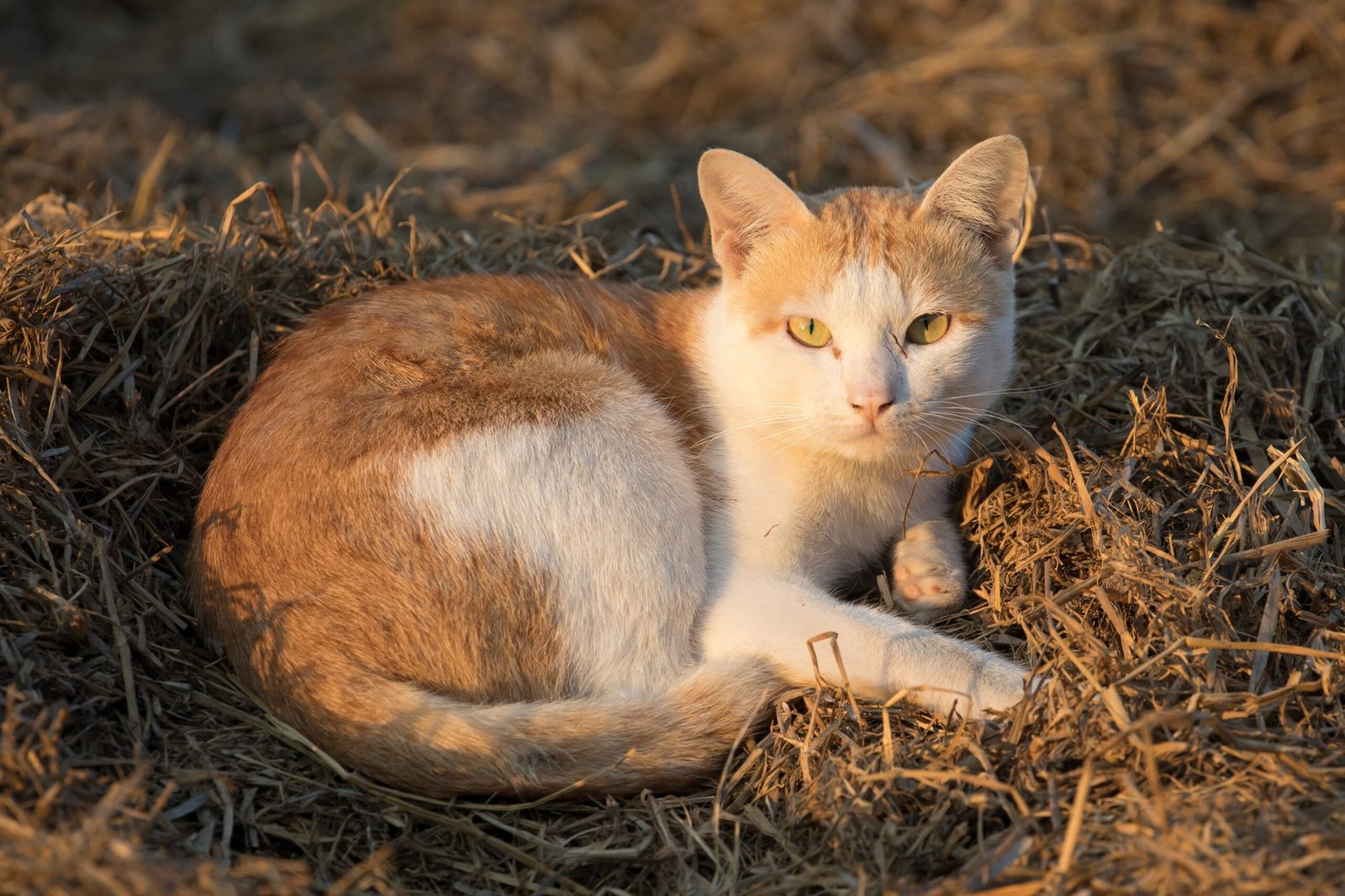
Changes in daylight and seasons can affect a cat’s activity levels. As daylight hours decrease, some cats may become more active at night, aligning their behavior with natural changes in light. Conversely, longer daylight hours might encourage more daytime activity. Observing how your cat’s behavior shifts with the seasons can provide insights into their energy patterns and help you adapt your routines accordingly.
The Role of Stress and Anxiety
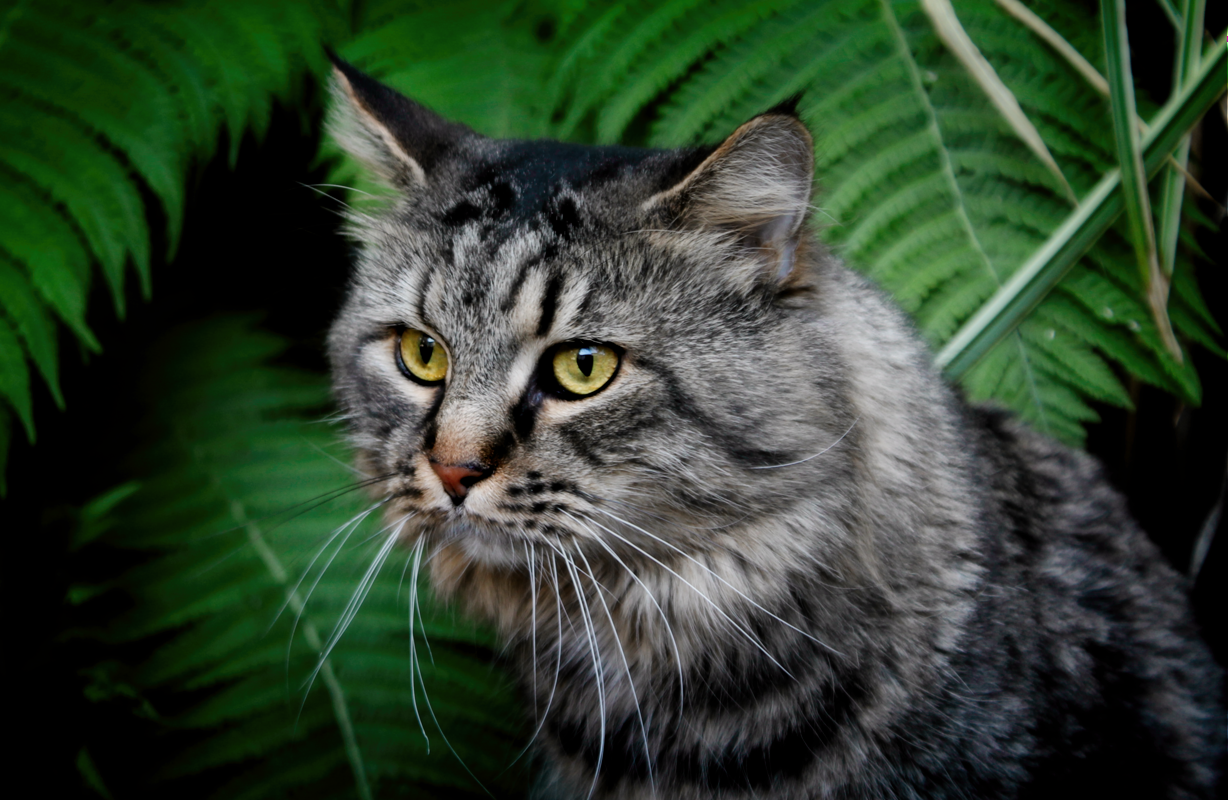
Stress and anxiety can influence a cat’s behavior, including their nighttime activity. Changes in the household, such as a new pet or a move, can lead to increased energy or restlessness at night. Identifying and addressing sources of stress can help mitigate these behaviors. Providing a stable and comforting environment, along with reassurance and attention, can help reduce anxiety and promote a more balanced routine.
Communicating with Your Cat
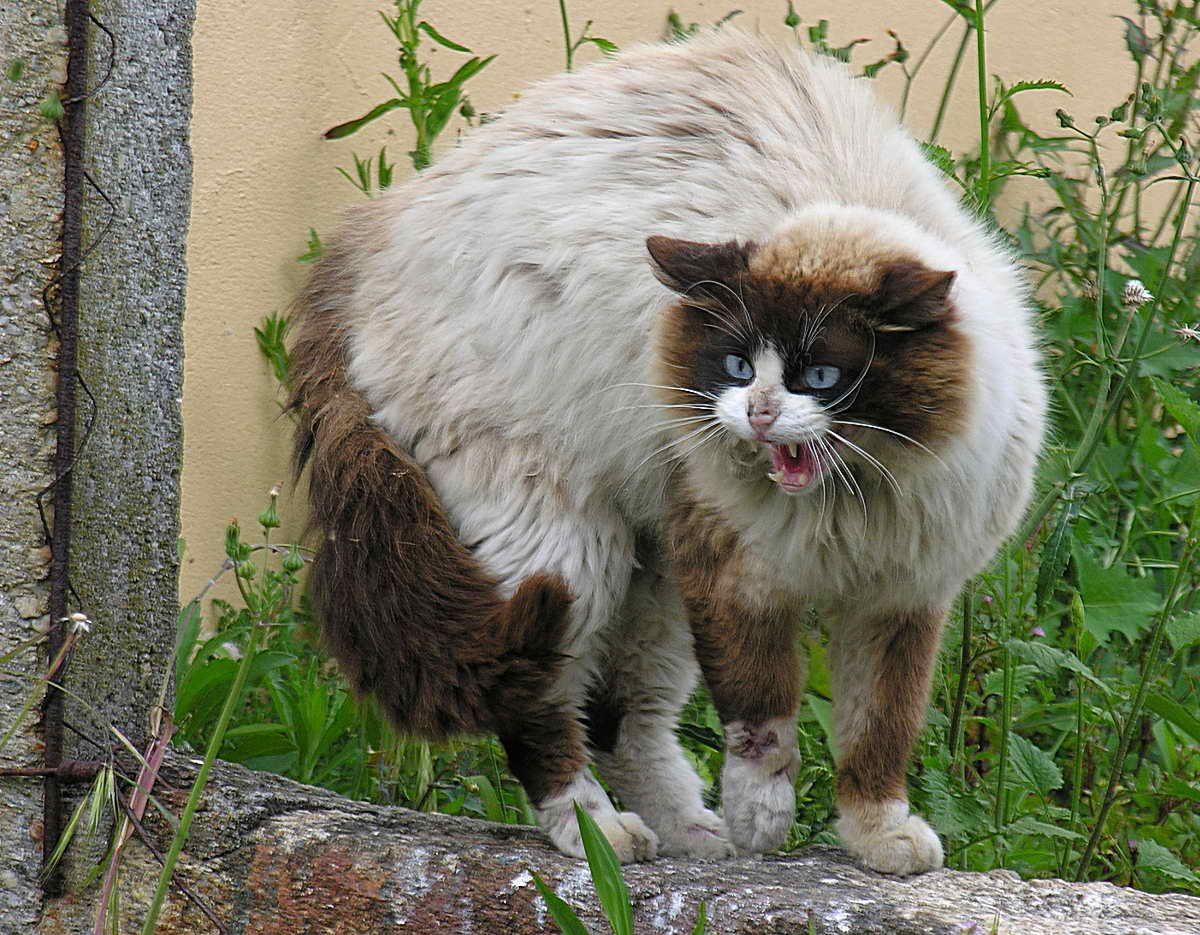
Understanding your cat’s body language and vocalizations can provide clues to their needs and emotions. Cats communicate through a combination of sounds, gestures, and behaviors. Observing these cues can help you better understand their nighttime energy and respond appropriately. By fostering a strong bond and open communication, you can create a harmonious relationship with your feline friend.
Using Technology to Monitor Behavior

Advancements in technology offer new ways to monitor and understand your cat’s behavior. Wearable devices and apps can track activity levels, providing insights into their energy patterns. These tools can help identify trends and inform decisions about diet, play, and routines. While technology should complement, not replace, personal observation and interaction, it can be a valuable resource for managing your cat’s nighttime energy.
Respecting Your Cat’s Natural Instincts
While it can be tempting to try to change your cat’s nocturnal habits, it’s essential to respect their natural instincts. Cats are unique creatures with individual needs and behaviors. Embracing their nighttime energy as part of their identity can lead to a more fulfilling relationship. By working with, rather than against, their natural tendencies, you can create a harmonious living environment for both you and your cat.
Tips for a Restful Night
Achieving a restful night while living with a nocturnal cat is possible with some simple strategies. Establishing a bedtime routine that includes play and bonding can help tire your cat out before bed. Providing a quiet and comfortable sleeping space, away from disturbances, can encourage them to rest. With a bit of planning and understanding, you can enjoy peaceful nights without compromising your cat’s natural behavior.
The Joy of Nighttime Companionship
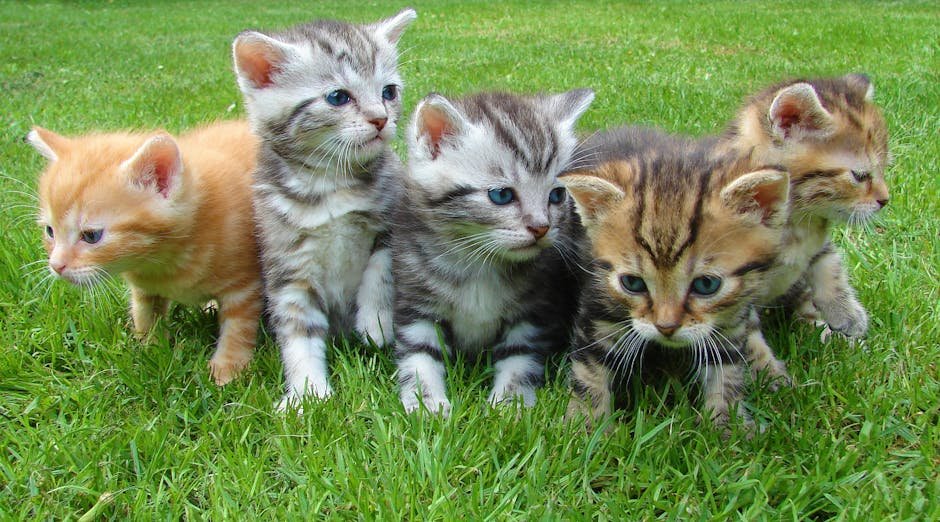
Sharing your life with a cat that has nighttime energy can be a source of joy and amusement. Embracing their unique behaviors and finding ways to engage with them can enhance your bond. Whether it’s a late-night play session or simply enjoying their presence, nighttime companionship can be a rewarding aspect of cat ownership. By appreciating their quirks and individuality, you can fully enjoy the experience of living with a cat.
In conclusion, understanding why some cats have more energy at night than during the day is a journey into their instincts, environment, and biology. By exploring the various factors that contribute to this behavior, cat enthusiasts can better appreciate and manage their feline friends’ nighttime energy.
Hi, I’m Bola, a passionate writer and creative strategist with a knack for crafting compelling content that educates, inspires, and connects. Over the years, I’ve honed my skills across various writing fields, including content creation, copywriting, online course development, and video scriptwriting.
When I’m not at my desk, you’ll find me exploring new ideas, reading books, or brainstorming creative ways to solve challenges. I believe that words have the power to transform, and I’m here to help you leverage that power for success.
Thanks for stopping by, Keep coming to this website to checkout new articles form me. You’d always love it!






